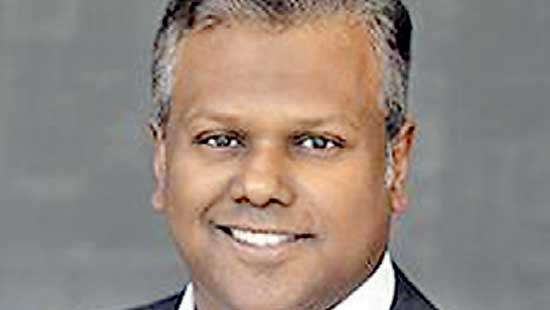Reply To:
Name - Reply Comment

Sri Lanka could achieve the economic policy goals it aspires without needing to impose ‘haircuts’ on capital or domestic creditors, if the government can act soon and carry out the restructuring effort early.
|
Prof. Udara Peiris |
The latest policy note by the Sri Lanka Economic Policy Group of Verite Research pointed out that it would be adequate to simply re-profile Sri Lanka’s domestic debt, which is to move repayments further into the future.
An analysis by Prof. Udara Peiris, Oberlin College, USA, showed four ways Sri Lanka would benefit, if the government were to restructure its domestic debt.
The first benefit is that the exercise will provide a quicker path to debt sustainability and economic recovery. According to Prof. Peiris, it is likely that the best debt restructuring package that the country can obtain from its external creditors will still leave Sri Lanka with severe problems of financial insolvency and debt sustainability.
Assuming that Sri Lanka manages to negotiate a haircut on International Sovereign Bonds (ISB)/Sri Lanka Development Bonds (SLDB) of 50 percent and a 25 percent haircut on multilateral/bilateral loans, the ratio of debt to GDP is still projected to rise to 136 percent by 2032.
“However, if the maturity of domestic treasury bonds were simultaneously extended by 10 years, the ratio of debt to GDP would rise to just 101 percent in the next 10 years,” said Prof. Peiris.
Embarking on the restructuring effort at the earliest would also provide a foundation for recovering macro-stability, he pointed out.
The government’s debts are so large relative to the size of the national economy that the Central Bank is unable to tame very high inflation purely through monetary policy, the policy note said.
While continuing the high cost of rolling over the government’s domestic debt would perpetuate the problem, the interconnectedness of fiscal solvency and inflation makes monetary policy less effective, even with high interest rates that have a negative impact on investment and growth, it added.
“Domestic debt restructuring will provide a foundation for resetting these negative dynamics and achieving conditions conducive to economic growth, with reduced interest rates and reduced inflation,” Prof. Peiris said.
The policy note also pointed out that the present path of quietly restructuring domestic debt through high inflation disproportionately hurts Sri Lanka’s wage-dependent working population and increases poverty.
Reducing domestic debt through explicit restructuring allows the costs to be targeted progressively to those sectors of the economy that are most equipped to bear the burden of debt reduction, opined Prof. Pieris.
Lastly, he pointed out that speeding up the restructuring effort reduces the risk of repeating the present debt crisis in the medium term.
While it is not unusual for countries that enter into insolvency and debt restructuring to fall back repeatedly into the same set of problems, the main reasons are poor governance, over-optimistic fiscal targets and shallowness of the debt restructure. Currently Sri Lanka faces high risks in all three areas.
Prof. Peiris stated that if interest rates remain at current levels and the government’s highly ambitious targets for increasing revenue are not fully met, the country faces the prospect of a relapse into another debt sustainability crisis in the medium term.
“An early domestic debt restructure can mitigate that risk – even though it cannot compensate for the continuing risks of poor governance,” he said.
On April 12, 2022, the Sri Lankan government announced a standstill on debt servicing to external creditors.
Domestic debt was not subject to this standstill. Although the real value of those domestic debts already has been considerably eroded by inflation, the cost to the government of rolling over maturing domestic debt remains very high. It is currently paying around 30 percent annually for new loans.